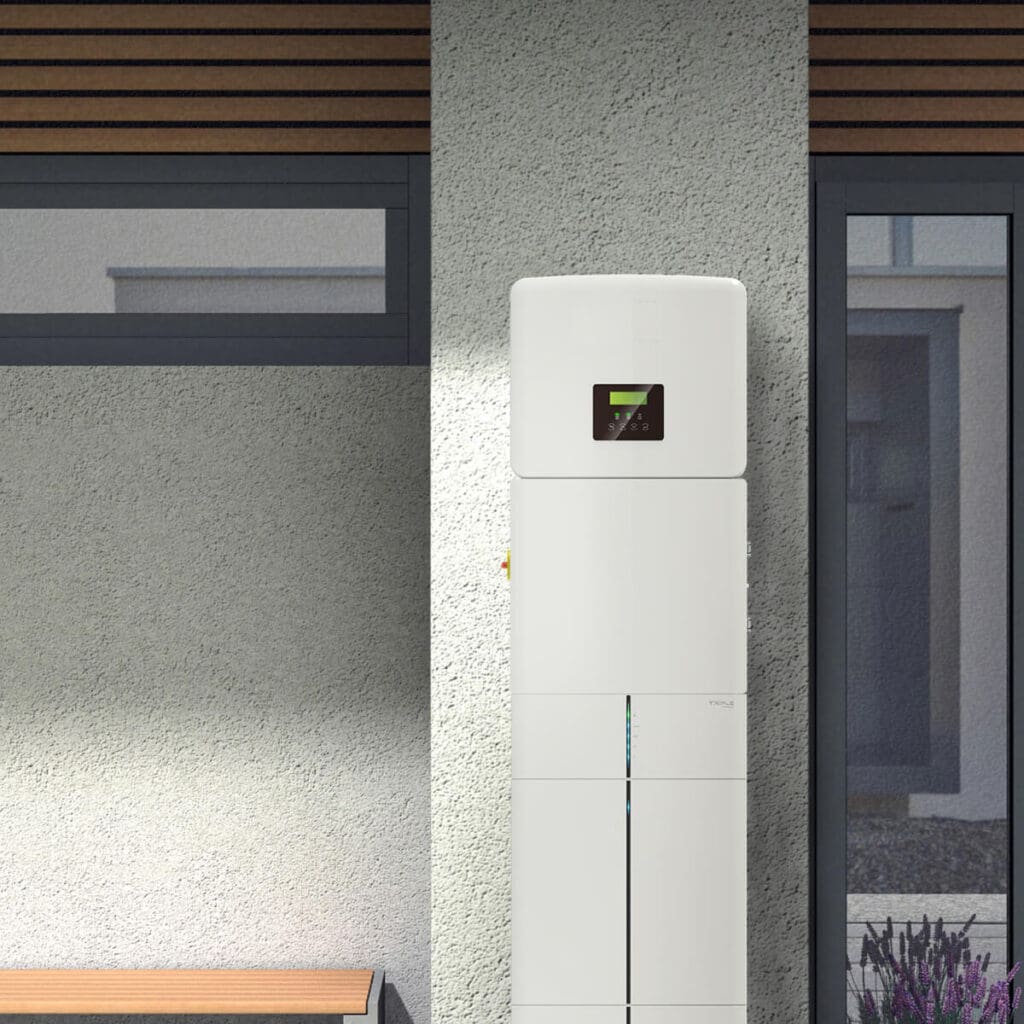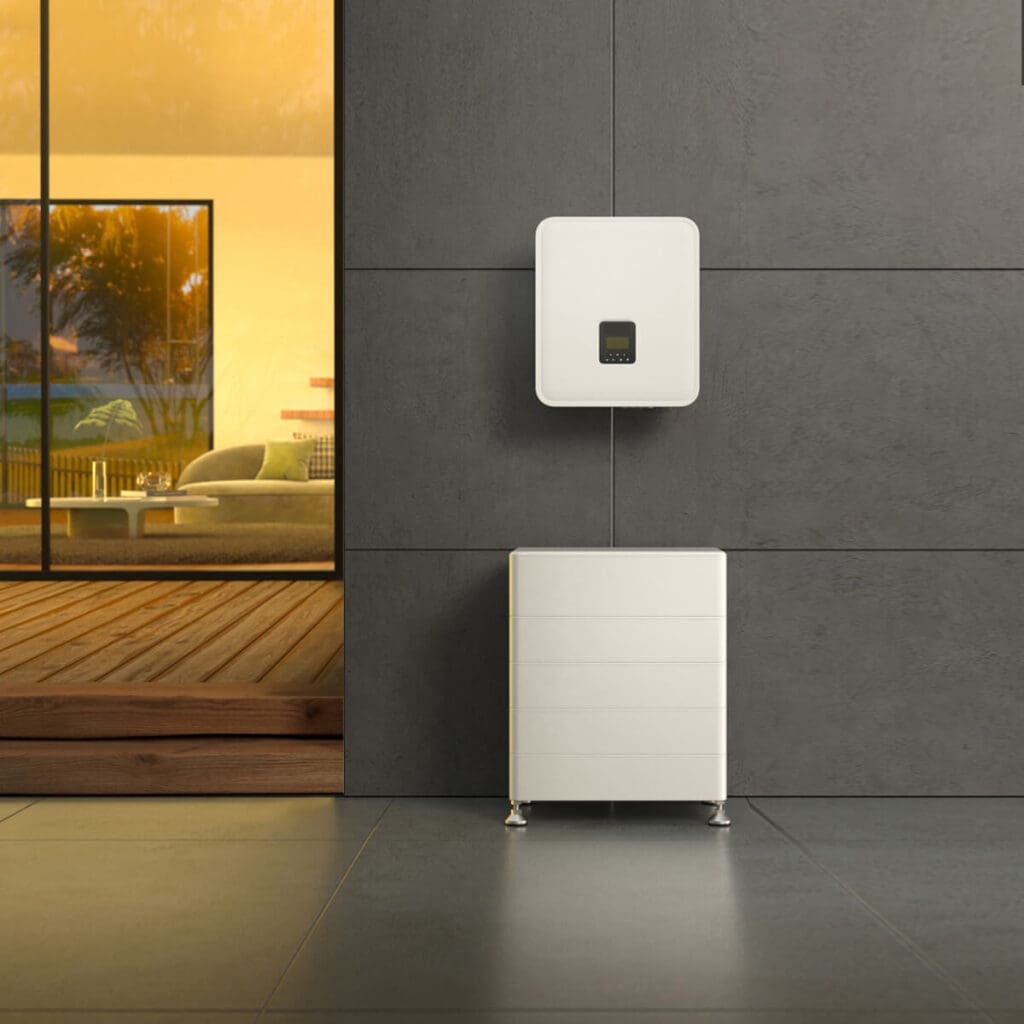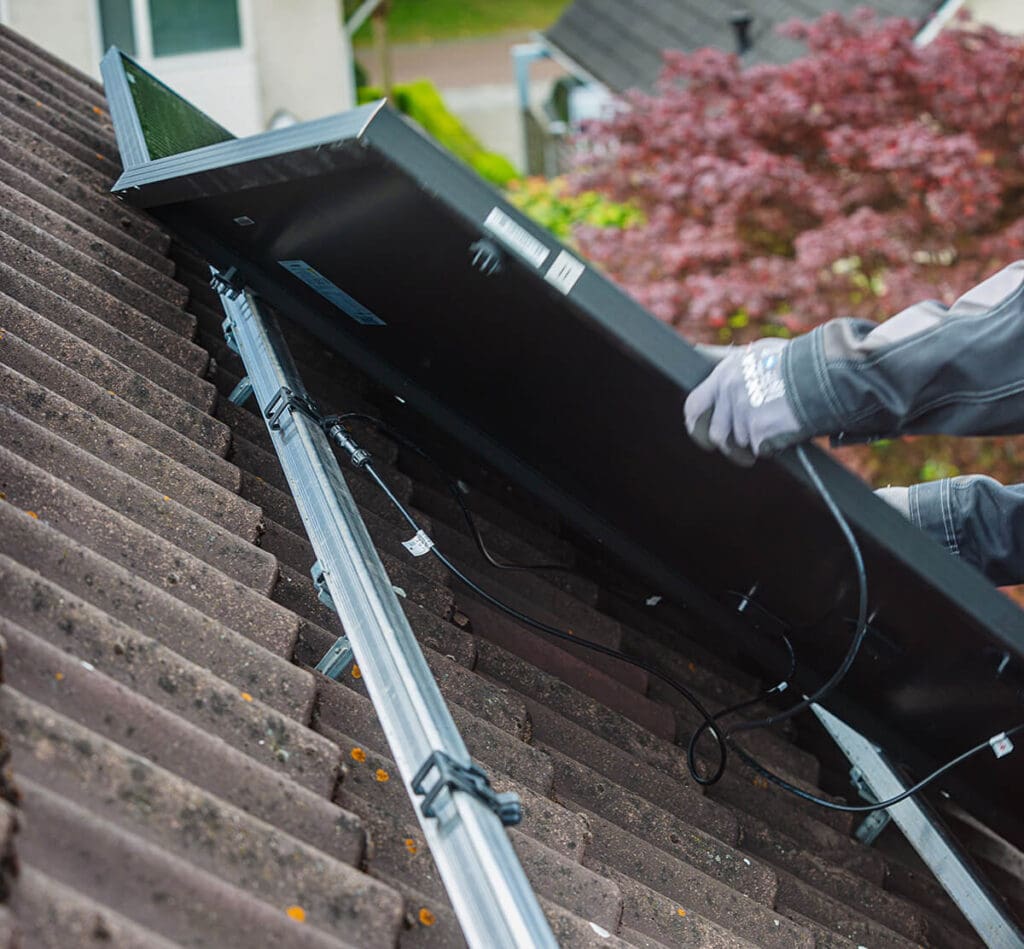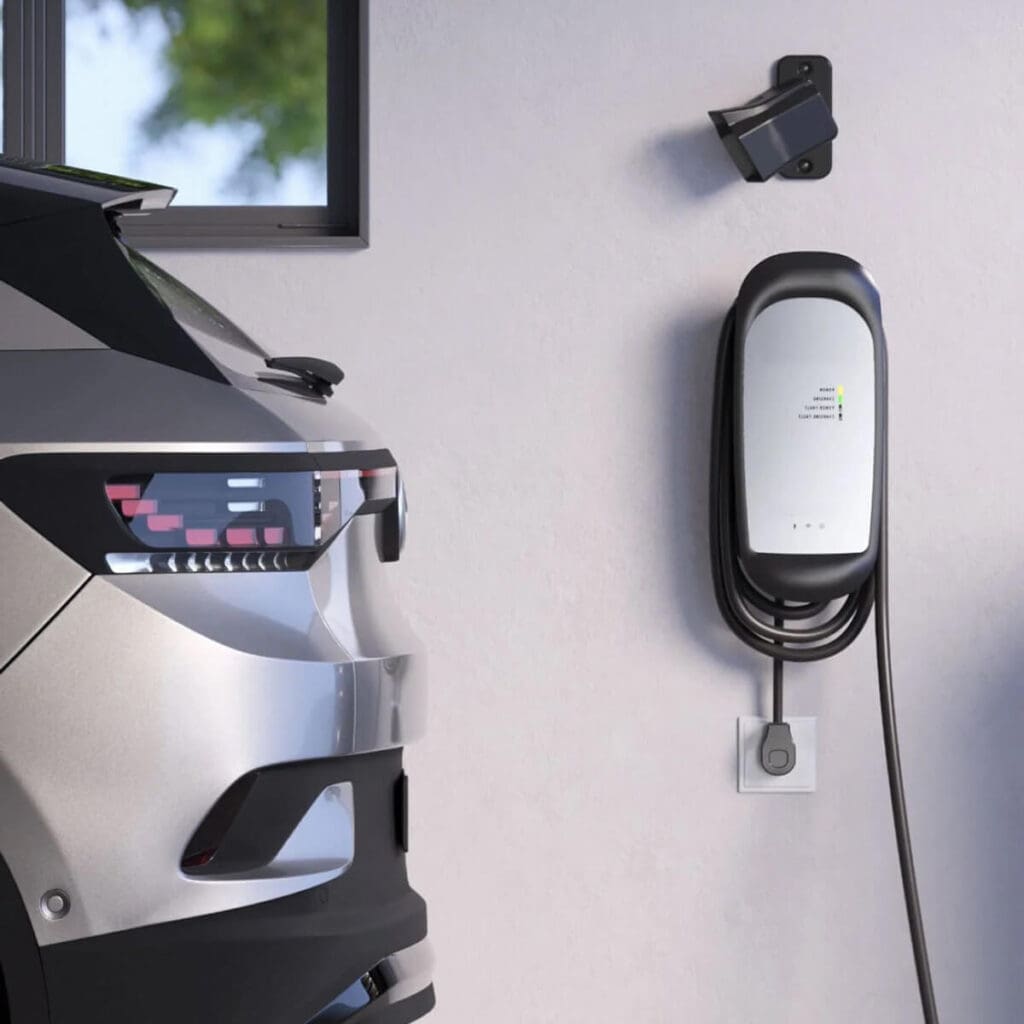Solar modules.
In our customer portal, you will find solar modules from various premium manufacturers. Contact us, and we will be happy to advise you!
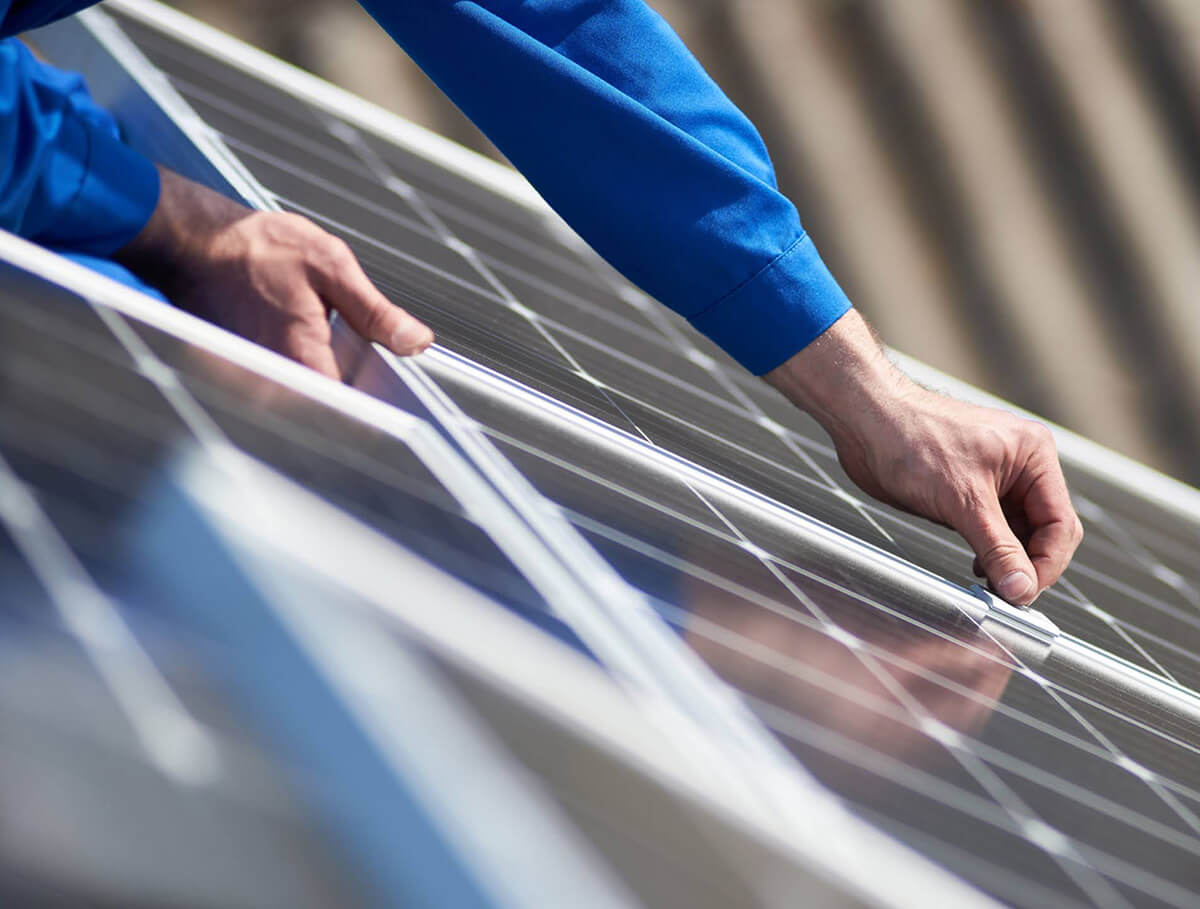
Solar modules at Segen.
A solar module, also known as a solar cell or module, is used to convert sunlight into electricity. This renewable energy source is a technological leader and the most cost-effective option for generating electricity.
Fill in the form to request portal access.
Are you an end customer?
Information for end customersFrequently asked questions
With module technology advancing rapidly and efficiency records being broken regularly, we offer you a portfolio of first-class solar modules to suit your needs at all times.
Monocrystalline N-type modules with high efficiencies and technologies such as TOPCon (Tunnel Oxide Passivated Contact), PERC (Passivated Emitter and Rear Contact) and ABC (All Back Contact) are now standard in the industry.
At Segen, you will find the best selection of modules from top brands, from all-black modules perfect for residential installations to affordable commercial modules exceeding 660W.
Since there are many types of solar modules with different specialities, it’s important to know exactly which module is right for your next PV project. A quick and reliable way to ensure that quality comes first is to look for the Silicon Module Super League brands. These are world-leading manufacturers that are trusted in the solar industry. You will find these products in our portfolio.
It’s important to remember that higher-output, higher efficiency solar cells can save you money on installation while helping you achieve your energy goals.
Due to the limited space on the roof, the size of solar modules is always an important consideration for homeowners and businesses. Solar panels are usually between 60 and 72 cells in size.
Increasingly, larger models are being offered in the solar industry. However, it is important to know that solar energy does not always depend on size alone. The output depends on the number of solar cells in the module itself.
There are now hundreds of solar module manufacturers around the world. Most claim to produce high-quality panels that last 25 years or longer. Look for manufacturers with a solid track record that are still in business during the 10-year warranty period. We call honouring this warranty “bankability”. Also, check the efficiency and performance ratings of the solar panels to make sure you’re getting a high-quality product.
With major brands like JA Solar, Aiko, Canadian Solar, Jinko Solar, and others, you can be sure that they will stand the test of time.
The seven largest manufacturers of solar modules account for over 50% of the solar modules produced worldwide. These companies are part of the so-called Silicon Module Super League (SMSL). It is highly recommended to choose one of these brands to ensure long-term reliability and performance.
As manufacturers have pushed the technology forward, you can now get all-black solar panels. If you’re a homeowner looking for something sleek and aesthetically pleasing, all-black panels are your best bet.
Due to the larger scale of commercial solar projects, many still opt for a traditional design with a border, which keeps the cost a little lower. Many commercial installations don’t have the same aesthetic requirements, so they can make a simple compromise to save costs.
Monocrystalline: All-black solar cells
Monocrystalline or “mono” cells are produced by cutting individual sheets from a silicon rod. These single-crystal cells allow greater movement of electrons, which leads to a slightly higher efficiency. The colouring of such cells is usually black.
ABC: Back-contacted
Back-contacted PV modules are a type of monocrystalline panel in which all electrical contacts are black.
Polycrystalline: Blue-tinted solar modules
In the polycrystalline or “poly” manufacturing process, silicon fragments are melted into wafer plates. With this construction method, the flow of electrons is more restricted than with the single-layer construction method, as there are several crystals in the cells. However, the difference in overall efficiency is minimal and is around 2-3% for most modules with the same output. Polycrystalline modules tend to have a blue colouration and appear less uniform.
PERC: Solar technology with higher efficiency.
PERC or ‘Passive Emitter and Rear Cell/Contact’ cells are produced in a similar process to monocrystalline cells, but have an integrated passivation layer. This increases efficiency by allowing light refraction through the back of the cell and reducing heat absorption and electron recombination. Simply put, they offer higher efficiency than standard cells and are likely to perform for longer.
Half-cell: Less micro-cracking, with better performance in shaded areas.
Half-cell modules are a new addition to the market, recognisable by the busbar in the middle of the module. This design allows a 60-cell module to be split into a 120-cell module. Smaller cells reduce mechanical stress and the occurrence of micro-cracks, resulting in less degradation over time. Many half-cell modules also utilise PERC technology, which increases their durability and lifespan.
Bifacial: absorption from both the front and back of the module
Bifacial modules are designed to absorb the light reflected from the back of the module. For this purpose, the cells are attached to the front and back of the module. Instead of an opaque rear wall, this is transparent or translucent to allow as much light as possible to pass through. This light is reflected by the roof/ floor surface and then absorbed by the cells on the back of the module. To maximise this refracted light, it is advisable to opt for bifacial only if the appropriate design criteria are met.
Bifacial modules should not be mounted flush on a tiled roof of a residential building. In this case, the roof tiles are usually dark and reflect little light. If the modules are mounted flush with the tiles, the light will be blocked by the cells themselves. The best scenario is a flat roof with light-colored roofing material, on which the modules are mounted at an angle and a certain distance above the roof.
Reasons for Segen.
Unique product portfolio
We have an extensive portfolio of industry-leading brands. We only work with the best brands on the market!
Personal contact person
A dedicated support team in all departments - your account manager, your order processor and your technical contact, all there for you!
Exclusive webinars and events
As a Segen customer, we offer you participation in exclusive webinars / roadshows and events. You will always find all information on this in your customer portal.
Your one-stop store
Instant access to 24/7 live pricing and stock availability, with access to special design tools, industry news and informed promotions.
Fast quotation preparation
Use our tools for quick quotation preparation including installation system design with the Renusol Configurator 3.0. Try it out now.
Delivery within 24 to 72 hours
We deliver products in stock directly to you within 24 to 72 hours. On request also directly to the construction site.
